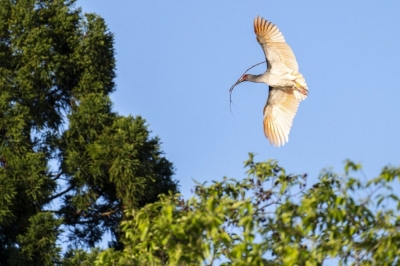
At a time when we constantly speak about the threat of extinction that several species faces across the globe, one bird species has beaten all odds to return from extinction in the wild. Let’s find out more about this remarkable conservation story.
When Kin-Japanese for gold died in 2003 aged 36, not a single wild-born Japanese crested ibis was left in the country. Known as toki, there was little hope for a species that was synonymous with Japan.
Wild toki once lived across Japan, as well as in Russia, Taiwan, and South Korea. Toki meat was presumed to have health benefits, and the bird’s feathers were used in everything from dusters to hats. Which meant, the bird was hunted mindlessly. Inevitably, by the early 20th Century, only a few dozen birds remained in Japan most of them on Sado island and the nearby Noto peninsula. At this juncture, the species won protected status. Just when things appeared to get better for the species came chemical fertilizers and For birds that fed primarily on paddy, this spelled disaster, and “by 1981 just five wild toki remained in Japan, all on Sado, where officials took them into protective captivity”. In a case of strange coincidence, the same year, as many as seven of these birds were discovered in the wild in China. While Japan’s captive breeding programme wasn’t exactly successful, China’s was. In fact the latter gifted two of its birds to the former in 1998. The following year, the couple reached Japan, within months had their first chick, and made national headlines.
Gradually over two decades, their population grew enough for Sado to consider releasing them into the wild. Today, there are about 500 wild birds, drawing tourists to their delicate pink plumage and distinctive curved beak. Meanwhile, “China’s wild population now numbers over 4,450, and a South Korean project released 40 toki for the first time in 2019”.
Picture Credit : Google




